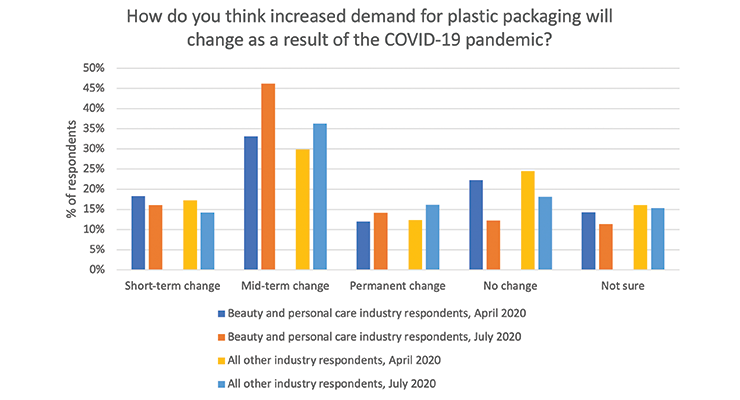Cosmetics and personal care companies have long placed great value on ecological sustainability in their activities and products. from green beauty solutions from the industry giants to widespread environmentally friendly ads, sustainability has shaped cosmetic products‘ development. Companies such as lush have shown that it is possible to put the environment first in cosmetics, soaps and other essential beauty products, especially as they hold huge market shares.

(Image Source: Common Thread)
Beauty brands on the market are reputable and are committed to environmentally friendly products and packaging. The beauty industry has responded to consumers by making these products a reality for those who love their beauty products and love the earth. It goes without saying that beauty brands are far from perfect in their efforts to create sustainable make-up and cosmetics, but recognise and appreciate that there will always be a way to improve.
We tend to think that personal gadgets and transportation are the biggest threats to the environment, which is reasonable. While things like telephone batteries and air pollution are certainly among the more serious issues, personal products like cosmetics is certainly an industry to look into, too.
From fragrances to hygiene, hair, make-up and skincare products, there are many ways to make your treatment a little more environmentally friendly. Another way to go green with your beauty regime is to get to know your ingredients list and avoid products containing chemicals that damage our environments, such as BHA and BHT chemical compounds in sunscreens that are harmful to aquatic life. You can also play your part as a consumer by recycling beauty products and bottles you would normally throw away.
If consumers believe their green beauty products are safe and good for the environment, companies must ensure that they keep this promise. It is not just about making products from natural ingredients, it is about being sustainable, and it is about adopting sustainability principles. Suppose we succeed in indoctrinating sustainability organisations, even for e-waste and raising awareness of the ethical duty to protect consumers and the environment. In that case, we will see a decline in the number of overpriced and counterfeit “green” beauty products.
By choosing sustainable cosmetics, consumers can avoid the stress and uncertainty of toxic synthetic products and invest in long-term health and beauty. In addition, many consumers are interested in corporate social responsibility, and companies will no longer sell green beauty products that are not underpinned by a green corporate strategy and objectives. Members of the company know that they are accountable to the consumer and can buy these products in good faith.
Consumers demand sustainable products that are not toxic to themselves and the environment. The benefits of green beauty products go far beyond this trend and only increase if studies show the toxicity of conventional cosmetics and if the market for natural cosmetics continues to grow.
When consumers see the term “green cosmetics,” they make environmentally friendly assumptions about the product and the company. They are not only interested in the ingredients and the process of the products.
The packaging industry for consumer goods, including personal care and beauty products, in particular cosmetics, is the leading cause of the waste problem. Fortunately, more and more beauty brands find ways to minimise the impact they have on the world in manufacturing products. As a result, manufacturers are switching to sustainable cosmetics production, which is promising for the future.

(Image Source: Beauty Packaging)
Considering how many layers of shrink film, cardboard and plastic you have to throw away to open many beauty products, it should not come as a surprise that packaging is one of the primary waste sources in the personal care industry. Most beauty products are packaged in plastic – say, your average moisturiser will take 1,000 years to decompose. When National Geographic took a deep look at the cosmetics industry’s dependence on plastic and the impact of the resulting waste, they found that us-made products in plastic packaging consume 120 times more plastic packaging than they did in the 1960s.
If you want to enter the world of sustainable oleochemical products, start with safe and effective ingredients. For example, products labelled as “natural” should only contain natural ingredients, even if they contain synthetic colourings and fragrances. Products should also be labelled as “non-toxic”, – which means that the recipe is made with safe ingredients.
In general, sustainability should be taken into account when formulating products and sourcing ingredients. The sustainability of the ingredients used in a product is an area of ecological importance due to their origin and the long-term impact on the cultivation of these ingredients for cosmetic purposes. People often associate and equate “natural” goods with “synthetic” or “bad,” forgetting that the entire supply chain, from the origin of the raw materials to the way consumers dispose of the product, has an environmental and social impact on the raw materials.
One of the easiest ways to reduce the products we use is to reuse them as much as possible through recycling, composting and composting (composting recycles various organic materials in terms of waste products and provides soil conditions as sustainably as possible).



